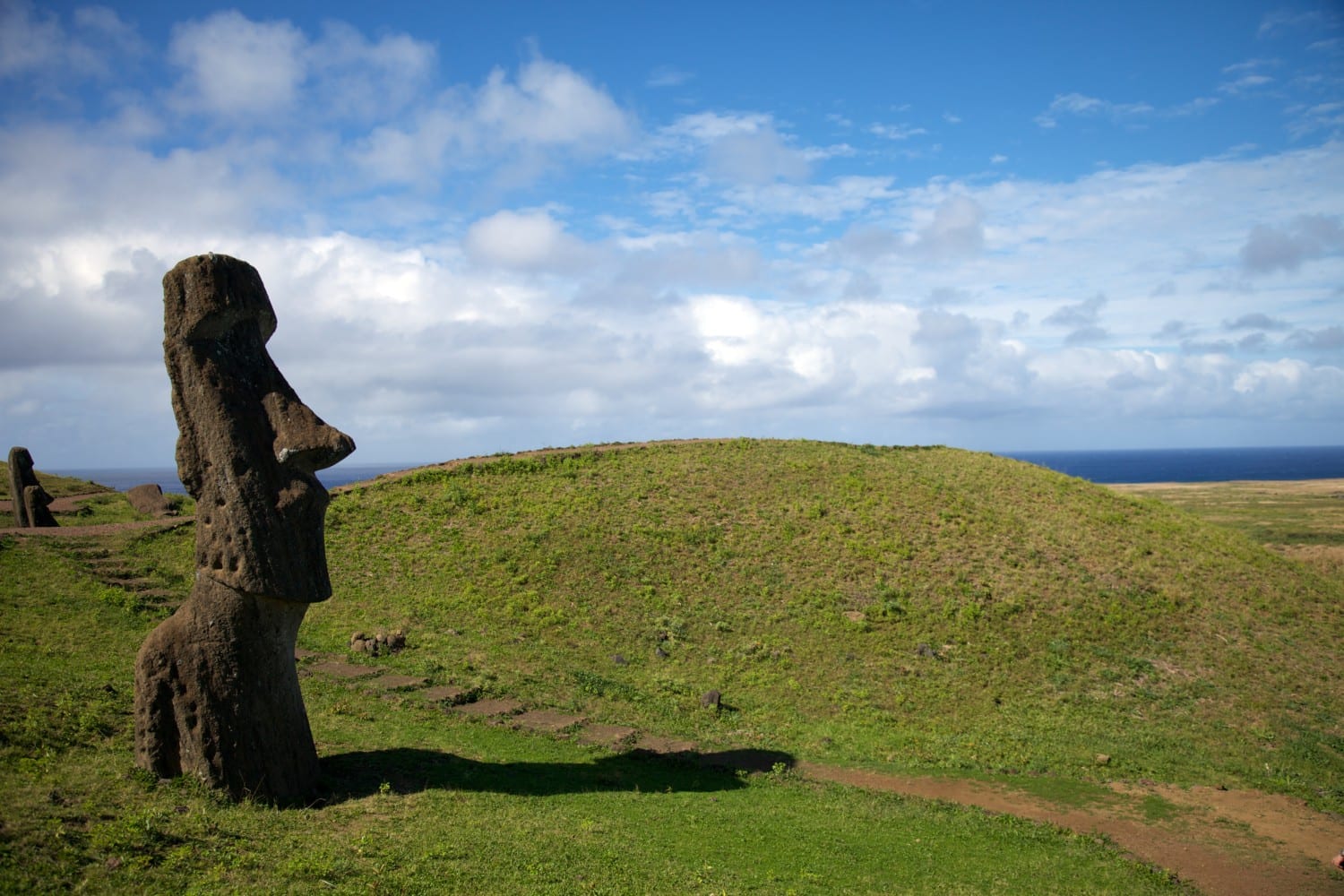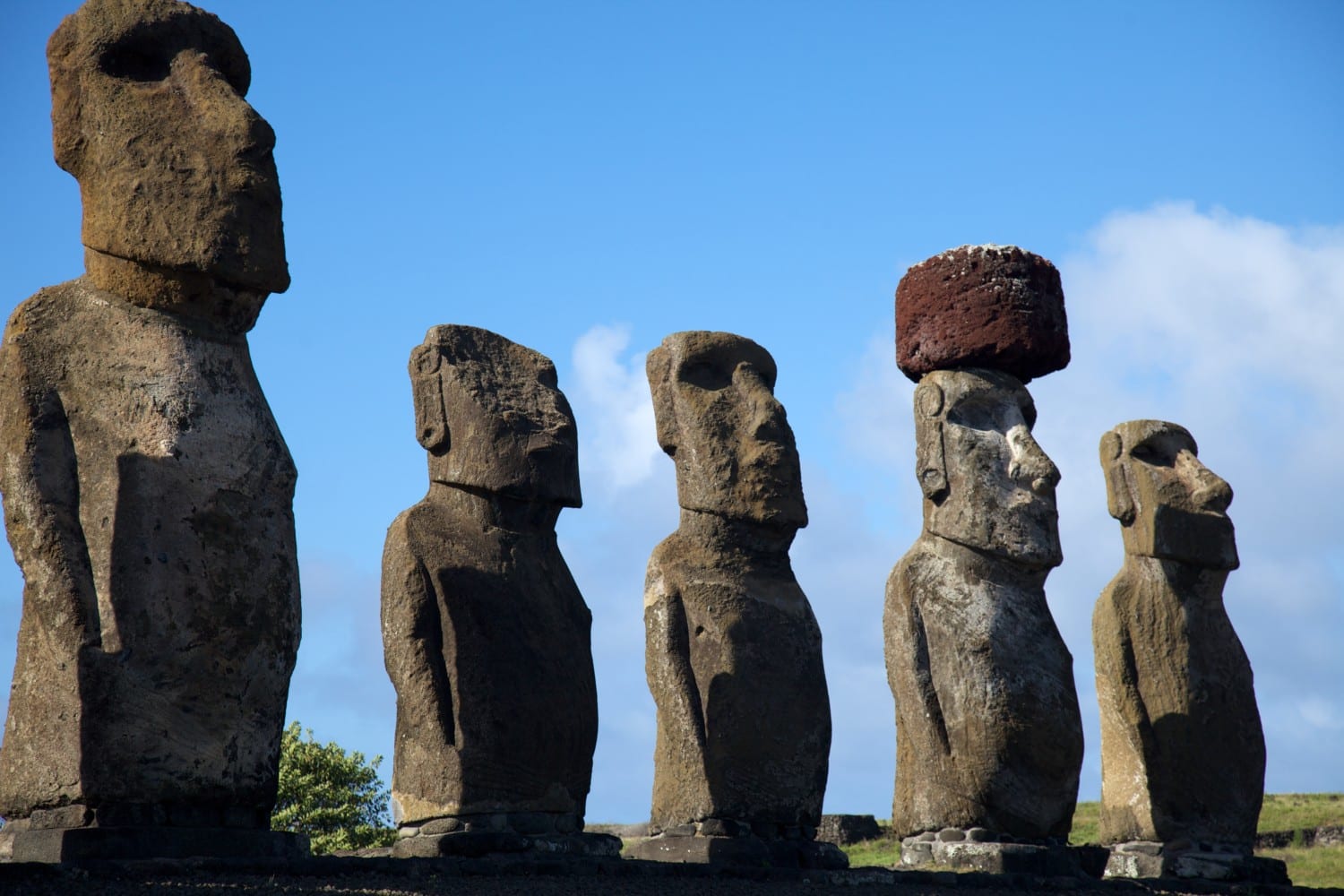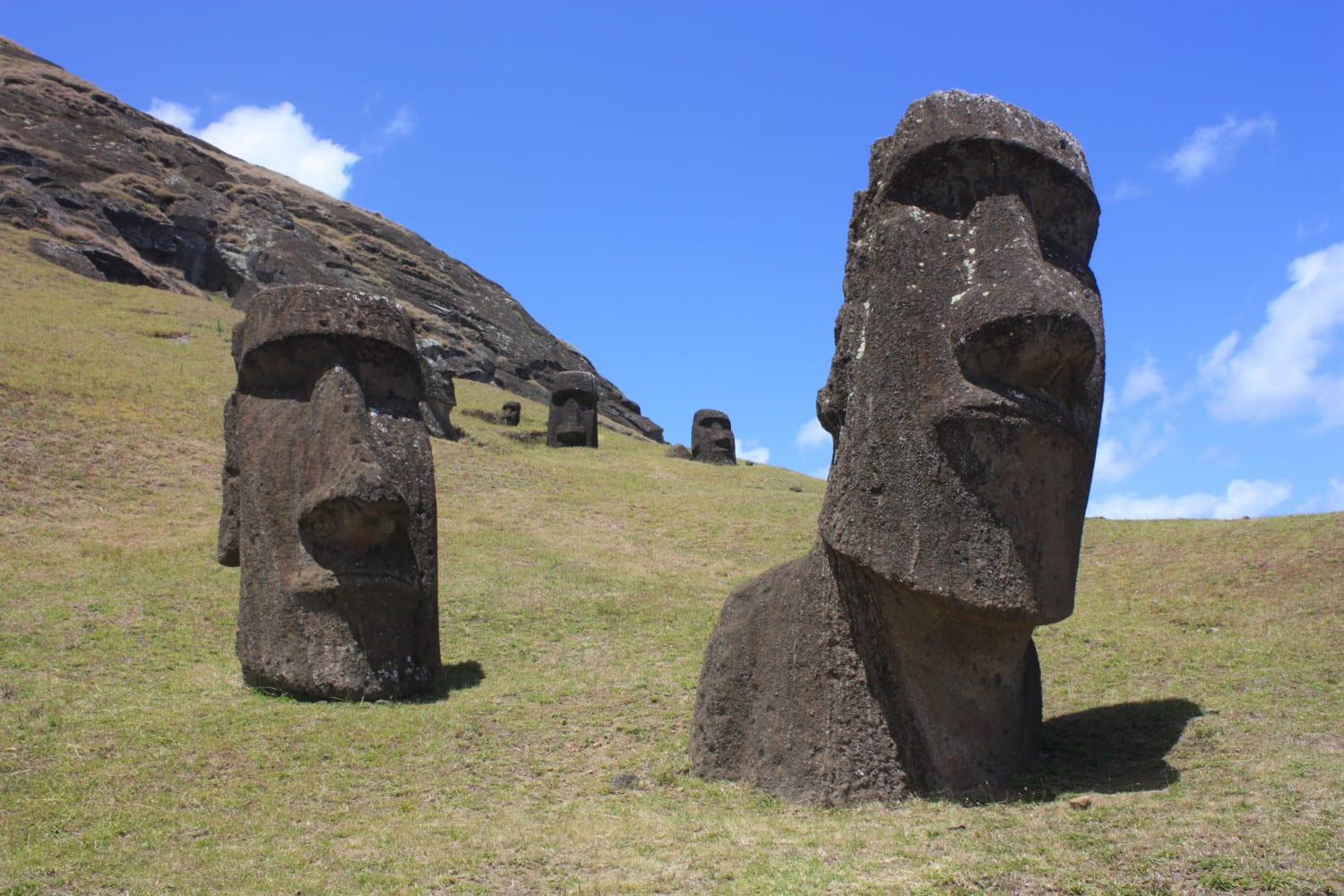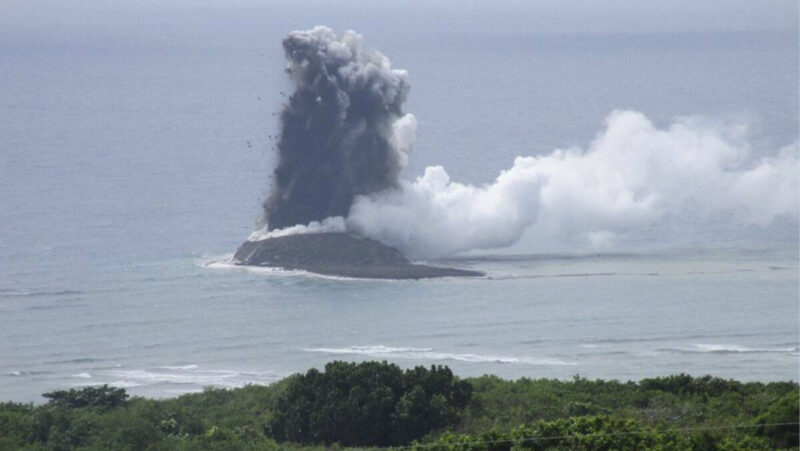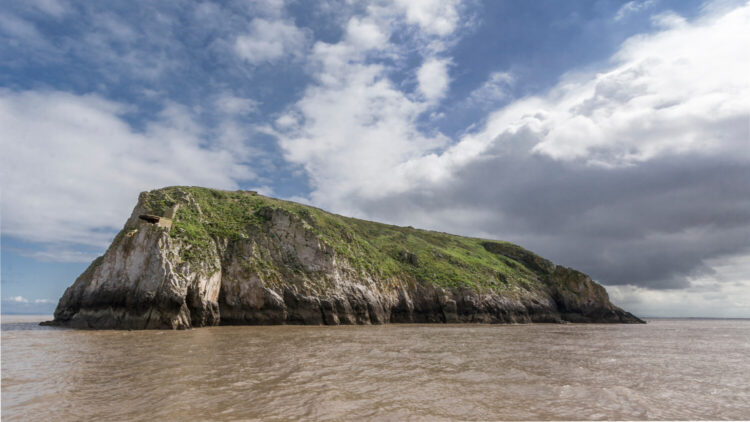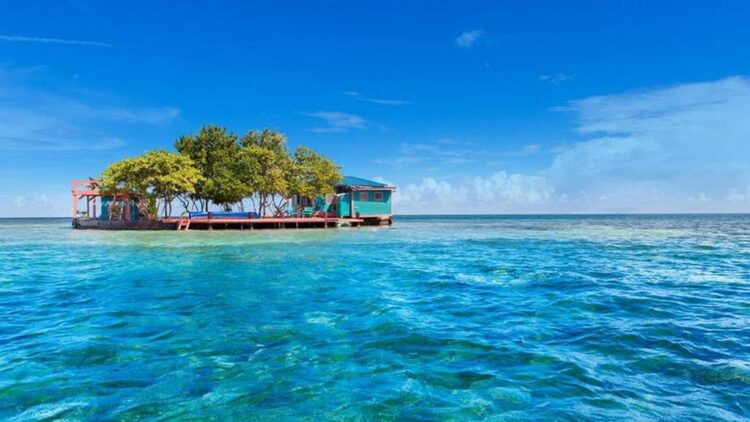Scientists think they’ve solved one of the mysteries of Easter Island’s statues
When it comes to Easter Island’s towering stone heads, there’s now one fewer mystery to solve.
Researchers have long puzzled over why the huge statues were placed where they are. However, a new study says the people of Rapa Nui, as the island is called in the local language, positioned them near sources of humanity’s most vital resource: fresh water.
Archaeologists studied the location of the statues, or moai, and the platforms on which many of them stand, known as ahu. Polynesian seafarers first arrived on Rapa Nui, 2,300 miles off the coast of Chile, approximately 900 years ago.
They then went on to construct more than 300 ahu and almost 1,000 moai, which are believed to represent significant ancestors.
The authors of the new study, published in the journal PLOS One, sought to understand the distribution of the ahu in order to further understand their creators.
Study co-author Carl Lipo, professor of anthropology at Binghamton University, New York, told CNN: “That knowledge would tell us something about how the early people of Rapa Nui used the landscape and what they found important.”
The Study
Researchers from six US institutions isolated an eastern area of Rapa Nui, containing 93 ahu. They analyzed the natural resources near the ahu, focusing on rock mulch gardens in which crops like sweet potatoes were grown, marine resources including sites for fishing, and sources of fresh water.
There proved to be no significant correlation between the location of the ahu and the presence of nearby gardens, suggesting that the ahu were not situated in order to monitor or signal control over these resources.
While both marine resources and fresh water sources were found near the ahu, the researchers concluded only the latter was significant; after all, both typically occur in the same locations and fresh water was much less widely available.
The research team mapped the island — which has no streams or springs — for sources of fresh water. They discovered that it emerged from underground in areas along the coast, through a process called groundwater discharge.
“Fresh water would literally come out right between the coast and the ocean in a stream. We’d see horses drinking out of the ocean, and it turned out they knew exactly where the fresh water was coming out,” said Lipo. That explained the high concentration of moai and ahu along the coast, the researchers inferred.
Inland statues, too, could be connected to fresh water: they were found to be situated near caves, or other fresh water sources.
The Findings
The findings suggest that Rapa Nui’s moai and ahu were valuable beyond their ancestral significance to the island’s early people, the study authors concluded.
“Building the statues wasn’t inexplicable behavior, but something that was not only culturally significant but central to their survival,” Lipo said.
Next, the researchers hope to further understand why such vast, elaborate statues were constructed. If their primary function was to indicate or claim ownership of a fresh water source, Lipo said, a simpler construction would surely suffice.
“It’s incredible how much energy went into them,” he observed. “The statues and the ahu themselves weren’t just a single event — they made the statues and these platforms to put them on, and then remade the platforms and additional statues to put on them.”
Written by Emily Dixon for CNN.
The-CNN-Wire
™ & © 2019 Cable News Network, Inc., a Time Warner Company. All rights reserved.


